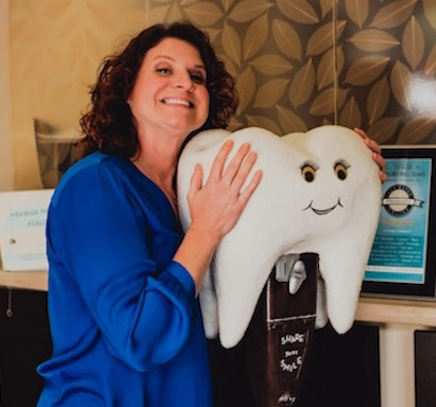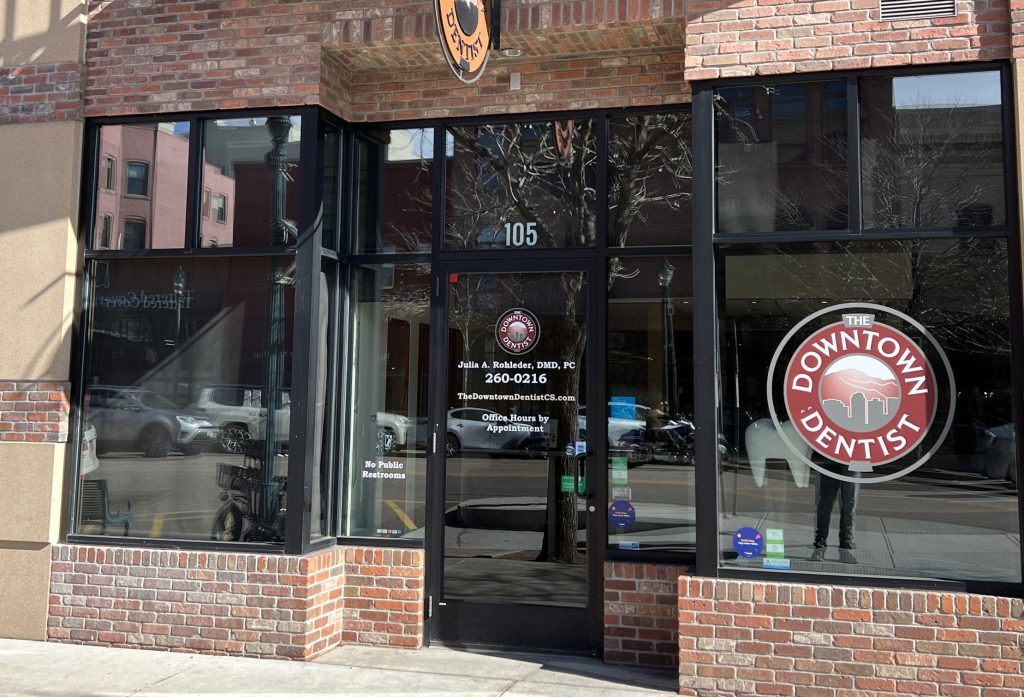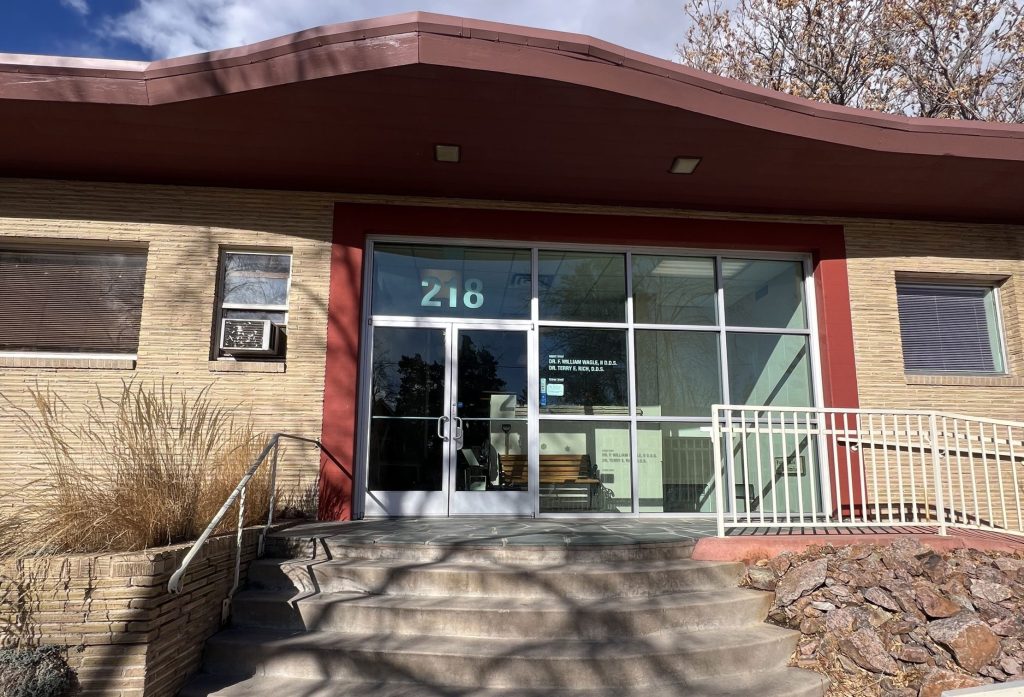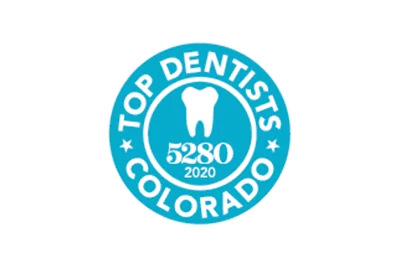Dental Fillings

Dental fillings play a crucial role in dental care, helping to restore the health, structure, and functionality of teeth affected by decay. By filling in the cavities caused by tooth decay, dental fillings prevent the decay from progressing further, protect the affected tooth, and promote overall oral health. While dental fillings are a common dental procedure, there are different types of fillings available, each with its unique characteristics and benefits. Count on The Downtown Dentist in downtown Colorado Springs for all your dental needs.
Exploring the Concept of Dental Fillings
To understand dental fillings, it’s important to first understand the concept of tooth decay. Tooth decay, also known as dental caries, occurs when the tooth enamel, the hard protective outer layer of the tooth, becomes damaged and deteriorates due to the acids produced by bacteria in the mouth.
When tooth decay progresses and a cavity is formed, dental fillings come into play. A dental filling is a restorative material used to fill the cavity, sealing off the affected tooth and preventing further decay.
The Purpose of Dental Fillings
Dental fillings restore tooth integrity, prevent decay, and protect against damage and pain. By filling cavities, they reinforce the tooth structure, seal off bacteria, and maintain chewing and speaking abilities. This contributes to overall dental care by preserving natural teeth and avoiding more invasive treatments like root canals or extractions.
Common Misconceptions About Dental Fillings
Fillings are not permanent and may need replacement over time. Regular dental check-ups at The Downtown Dentist are still necessary even with fillings. Tooth sensitivity after a filling is temporary. Modern dental amalgam fillings, which may contain mercury, are considered safe by health agencies like the American Dental Association.
Types of Dental Fillings
Dental fillings can be made from various materials, each with its own unique properties and benefits. The choice of filling material depends on several factors, including the location of the filling, the extent of the decay, aesthetic preferences, and insurance coverage.
The three main types of dental fillings are composite resin fillings, amalgam fillings, and cast gold fillings, each with its own advantages and considerations.
Cast Gold Fillings
Cast gold fillings, also known as gold inlays or onlays, are durable and long-lasting dental restorations. Made of a gold alloy, they provide an excellent seal and protection against decay. These custom-made fillings are biocompatible with gum tissues, reducing irritation and allergic reactions. However, their visibility in the front of the mouth and rare instances of galvanic shock when in contact with silver amalgam fillings are considerations to keep in mind.
Silver Fillings (Amalgams)
Silver fillings, also called dental amalgam fillings, have been used in dentistry for over a century. Made of mercury, silver, tin, and copper, they are durable and stable.
Amalgam fillings are commonly used in less visible back teeth for their strength and longevity. Despite concerns about mercury, public health agencies like the American Dental Association confirm their safety.
The Aesthetics and Functionality of Tooth-colored Composites
Tooth-colored composite fillings blend seamlessly with natural teeth. They offer aesthetic appeal and functionality by bonding directly to the tooth structure with minimal enamel removal. These fillings are versatile for use in different areas of the mouth and hardened using special light for durability.
The Procedure for Dental Fillings
The process typically starts with local anesthesia administered to numb the area around the affected tooth, ensuring a pain-free experience. The dental filling procedure involves several steps, including cavity preparation, filling material placement, and final restoration.
Steps Involved in Filling a Tooth
The tooth-filling process involves removing decayed portions of the tooth, determining cavity size and shape, cleaning the cavity, and placing filling material like composite resin, amalgam, or gold. The material is shaped to restore the tooth’s natural contour and polished for comfort. The procedure is usually done in one visit but may require multiple visits for custom fillings like cast gold.
Precautions to Take During the Procedure
Our experts at The Downtown Dentist prioritize patient safety and comfort. Pregnant women should inform our staff of special considerations. Children may need extra attention and behavior techniques for cooperation. Patients should disclose health conditions and allergies for necessary adjustments. Our experts at The Downtown Dentist also protect adjacent teeth, prevent contamination, and minimize post-operative sensitivity for optimal results.
The Use of Temporary and Indirect Fillings
Apart from permanent dental fillings, temporary fillings, and indirect fillings also play an important role in dental care.
Temporary fillings are used in situations where a temporary restoration is needed, such as in emergency dental cases or when the final restoration requires multiple visits. These fillings are designed to provide short-term protection for the affected tooth until a permanent filling can be placed.
Indirect fillings, on the other hand, are custom-made in a dental laboratory, based on impressions taken of the tooth. They are often used for extensive restorations, such as inlays or partial crowns, and are typically reserved for specific tooth locations or cosmetic considerations.
Role of Temporary Fillings
Temporary fillings serve an important role in dental care, providing short-term protection for the affected tooth until a permanent filling can be placed. In situations where the final restoration requires multiple visits or in emergency dental cases, temporary fillings help maintain the structure and function of the tooth.
While temporary fillings are designed to be temporary, it is still important to take care of them during the short period of time they are in place. Avoiding sticky or chewy foods, as well as excessive pressure on the temporary filling, can help prevent dislodgement or damage.
Additionally, it is advisable to avoid consuming excessive sweet foods, as the temporary filling may not provide the same level of protection against decay as a permanent filling.
When are Indirect Fillings Required?
Indirect fillings, such as inlays, onlays, or partial crowns, are required in specific situations where stronger material or a more customized restoration is necessary.
These types of fillings are typically recommended when the tooth structure is more extensively damaged, and a direct filling may not provide sufficient support or coverage. Indirect fillings are custom-made in a dental laboratory, based on impressions of the tooth, and are then permanently cemented onto the tooth during a second visit.
With indirect fillings, the tooth is prepared, and the restoration is fabricated in the dental laboratory, allowing for a more precise and durable restoration.
Post-Filling Care and Maintenance
After getting a dental filling, proper care and maintenance are essential to ensure the longevity and effectiveness of the restoration. A filled tooth requires the same dental treatment as any other tooth, including regular brushing, flossing, and routine dental check-ups. Using fluoride toothpaste can help prevent recurrent decay in the filled tooth and the surrounding teeth.
Additionally, avoiding excessive consumption of sugary foods and beverages can protect the filled tooth from further decay. Be mindful of new symptoms, such as tooth sensitivity, and report them to the dentist.
Regular dental visits to The Downtown Dentist are crucial to assess the condition of the filled tooth and monitor its integrity.
Care for Teeth With Fillings
Regular brushing and flossing are essential for maintaining the cleanliness of the filled tooth and preventing the accumulation of food particles and plaque, which can lead to recurrent decay. Using fluoride toothpaste helps strengthen the tooth enamel and adds protection against decay. Be mindful of the dental filling while chewing, avoiding excessive pressure or biting on objects that could damage the restoration.
Additionally, individuals with newly filled teeth may experience temporary tooth sensitivity, which can be managed with desensitizing toothpaste or desensitizing agents prescribed by our team. If any discomfort or sensitivity persists, consult with our experts, as it may indicate an issue with the filling or the dental pulp.
When is it Necessary to Replace a Filling?
Over time, dental fillings may need to be replaced due to various factors, such as wear and tear, recurrent decay, or changes in the tooth structure. Some indications of the need for a replacement filling include:
- The filling is worn, cracked, or damaged, compromising its integrity.
- Pain, discomfort, or sensitivity around the filling indicates a potential issue.
- Significant cracks or fractures in the filling may necessitate replacement.
- Tooth sensitivity, especially to hot, cold, or sweet stimuli, can be a sign of filling failure or recurrent decay.
- Older restorations, such as amalgam fillings, may require replacement if they are nearing the end of their lifespan or show signs of deterioration.
- Regular dental check-ups and assessments by the professionals at The Downtown Dentist help determine the condition of the fillings and whether replacement is necessary.
Schedule a consultation, today
Dental fillings not only restore teeth but also provide functionality and aesthetics. It’s essential to follow proper post-filling care and maintenance guidelines to ensure longevity. Regular dental check-ups can help determine when a filling needs replacement. By staying informed about dental fillings, misconceptions can be avoided, and individuals can make informed decisions about their oral health. Prioritize your dental health to maintain a healthy smile and overall well-being and consult with our team at The Downtown Dentist in downtown Colorado Springs. Schedule an appointment by calling (719) 260-0216 for our Tejon Street location or (719) 633-3711 for our Willamette Avenue location.

 Dr. Rohleder
Dr. Rohleder Meet the Team
Meet the Team Sterilization Protocol
Sterilization Protocol Frequently Asked Questions
Frequently Asked Questions Careers
Careers












